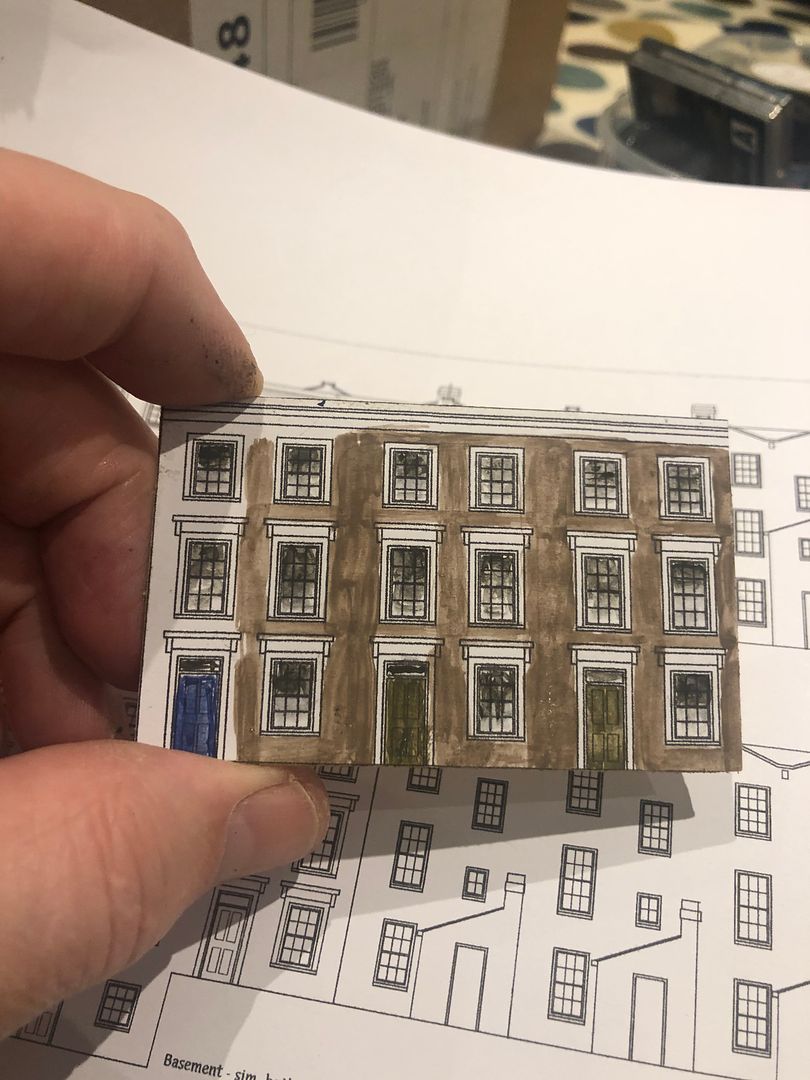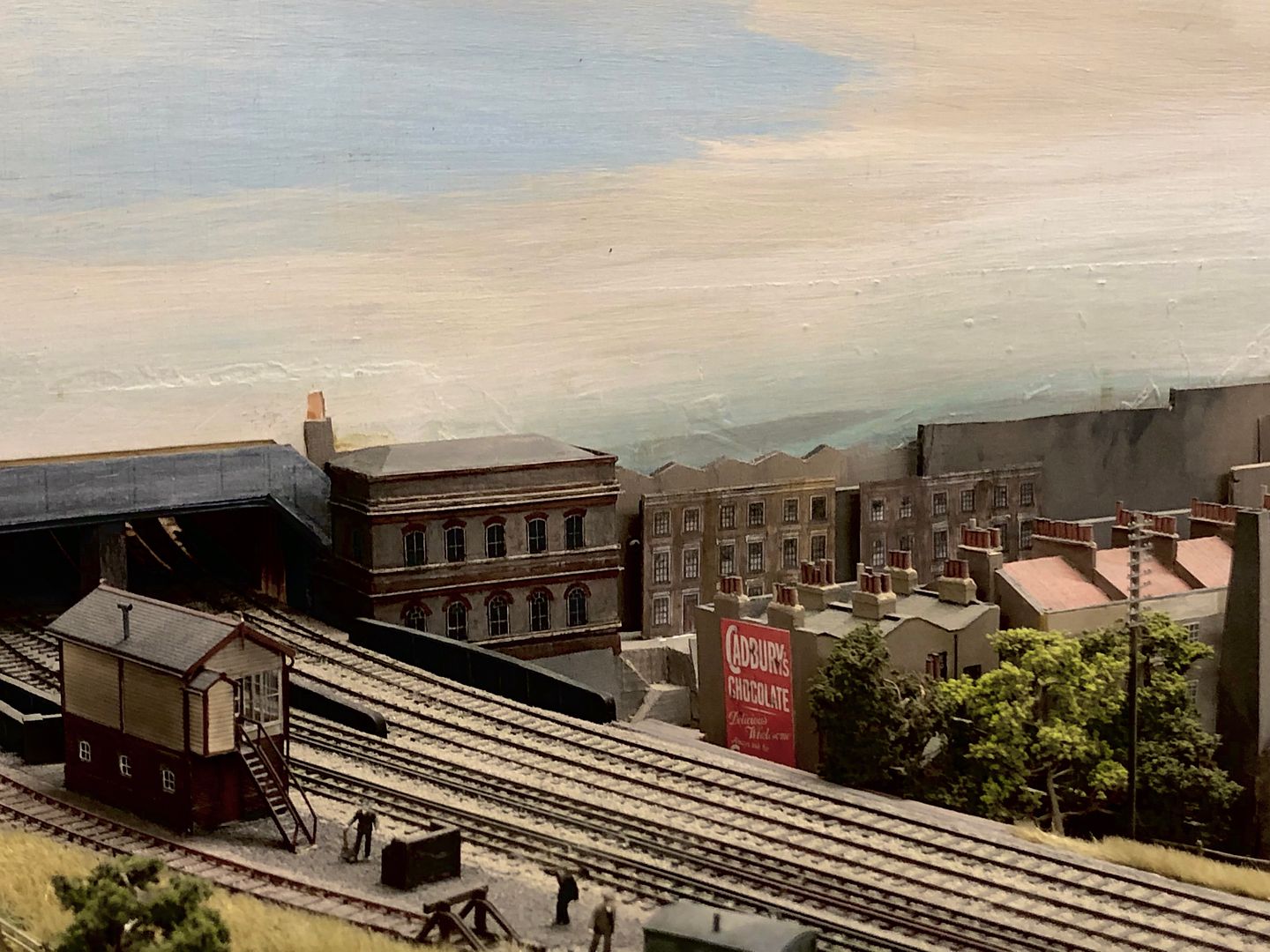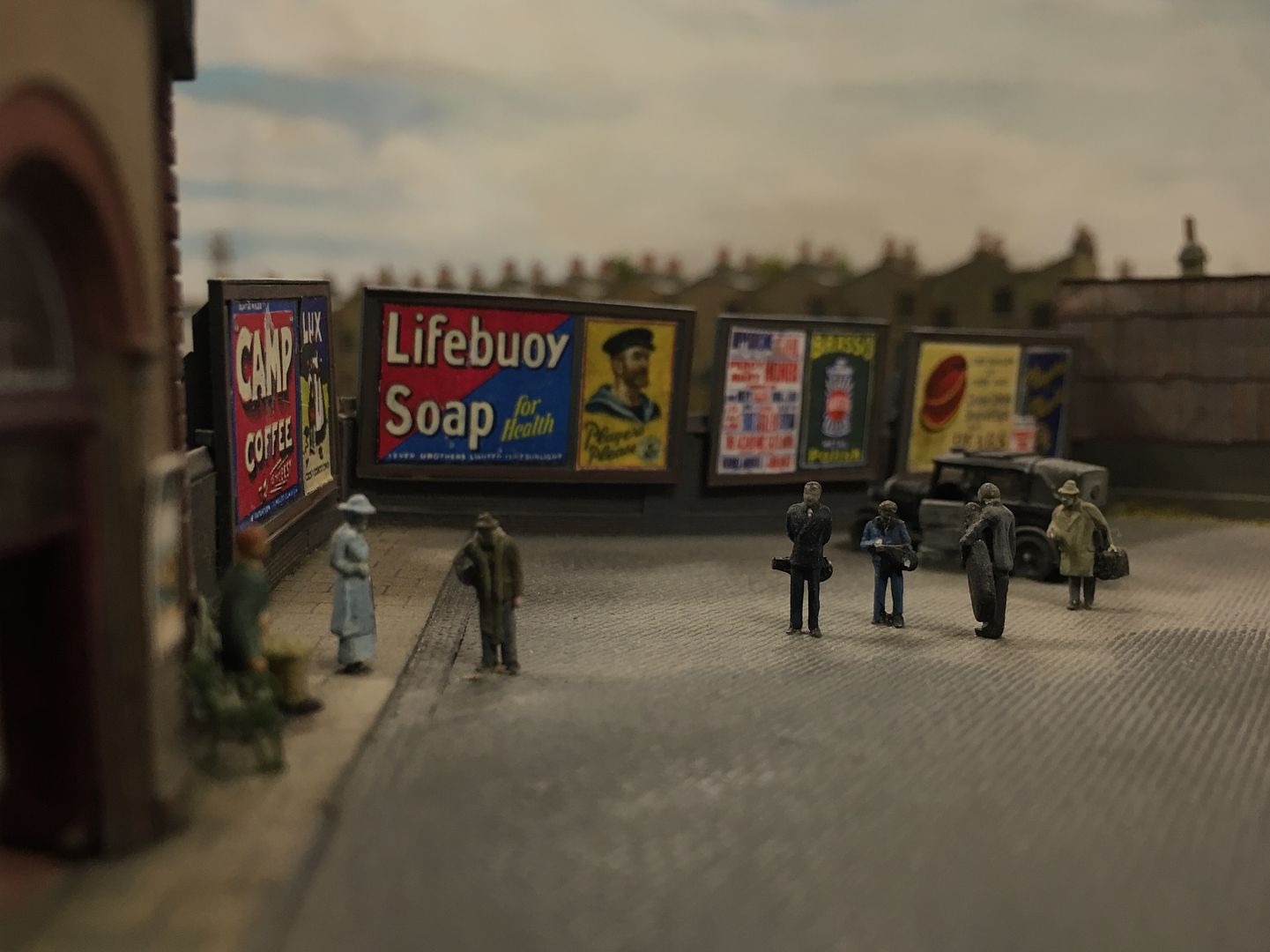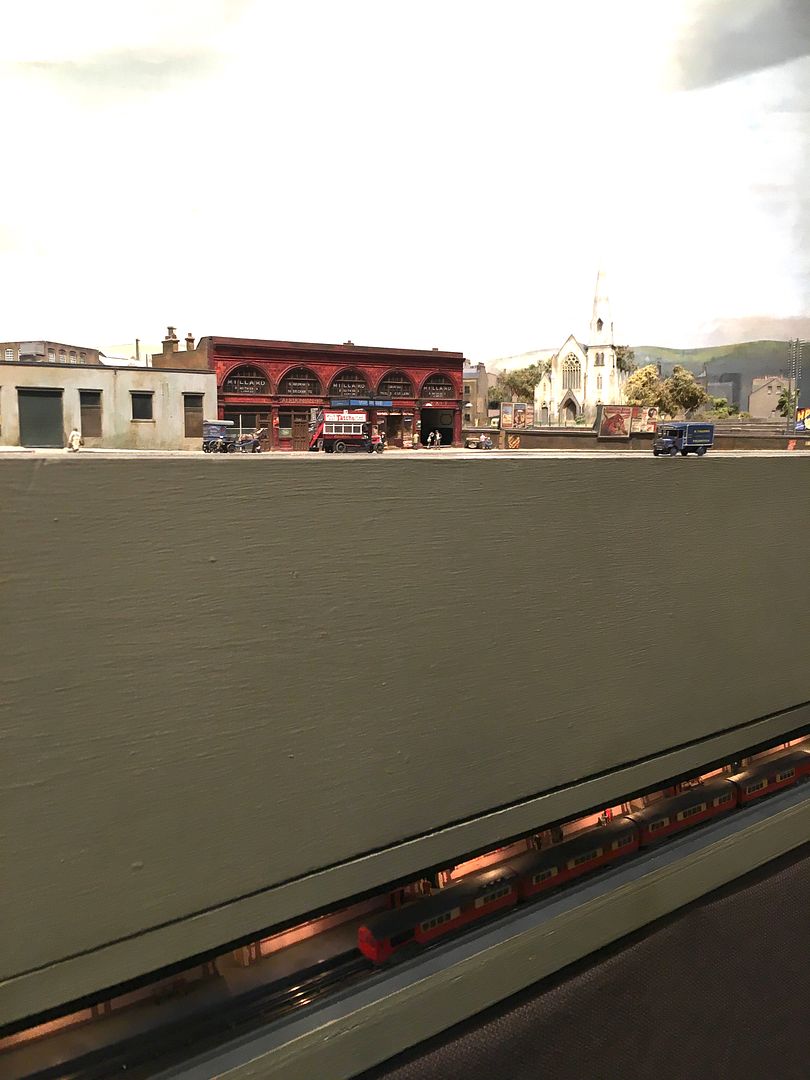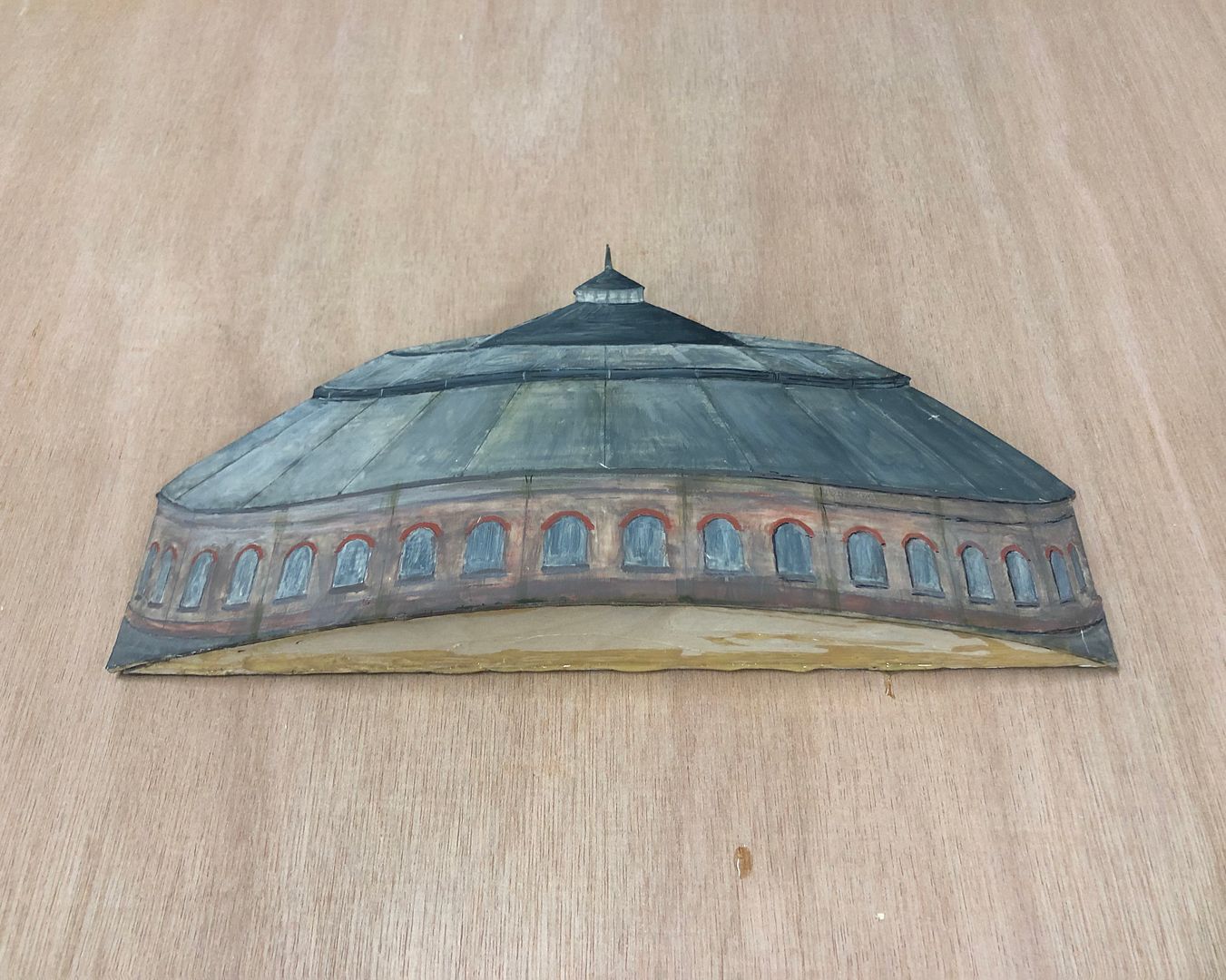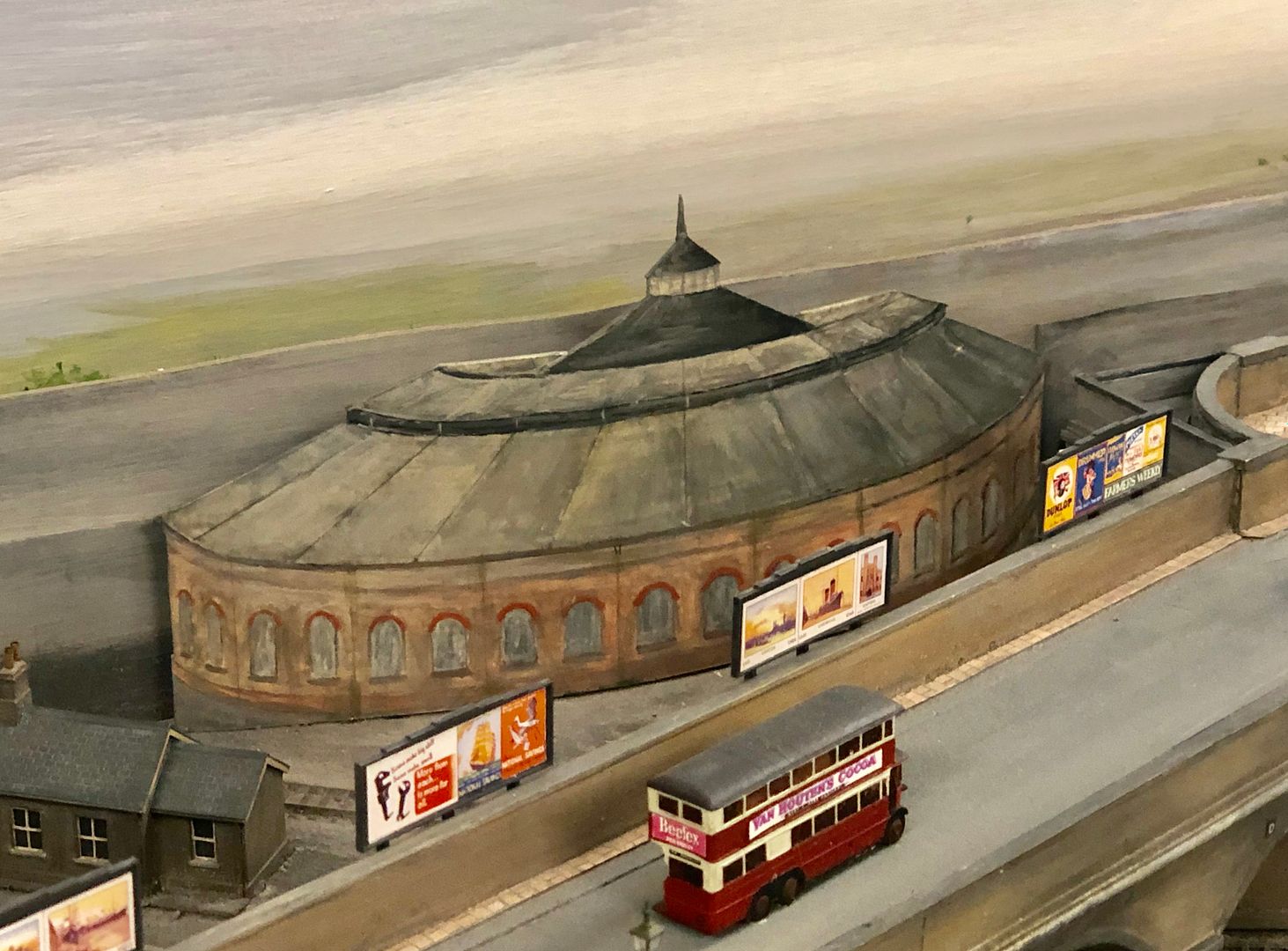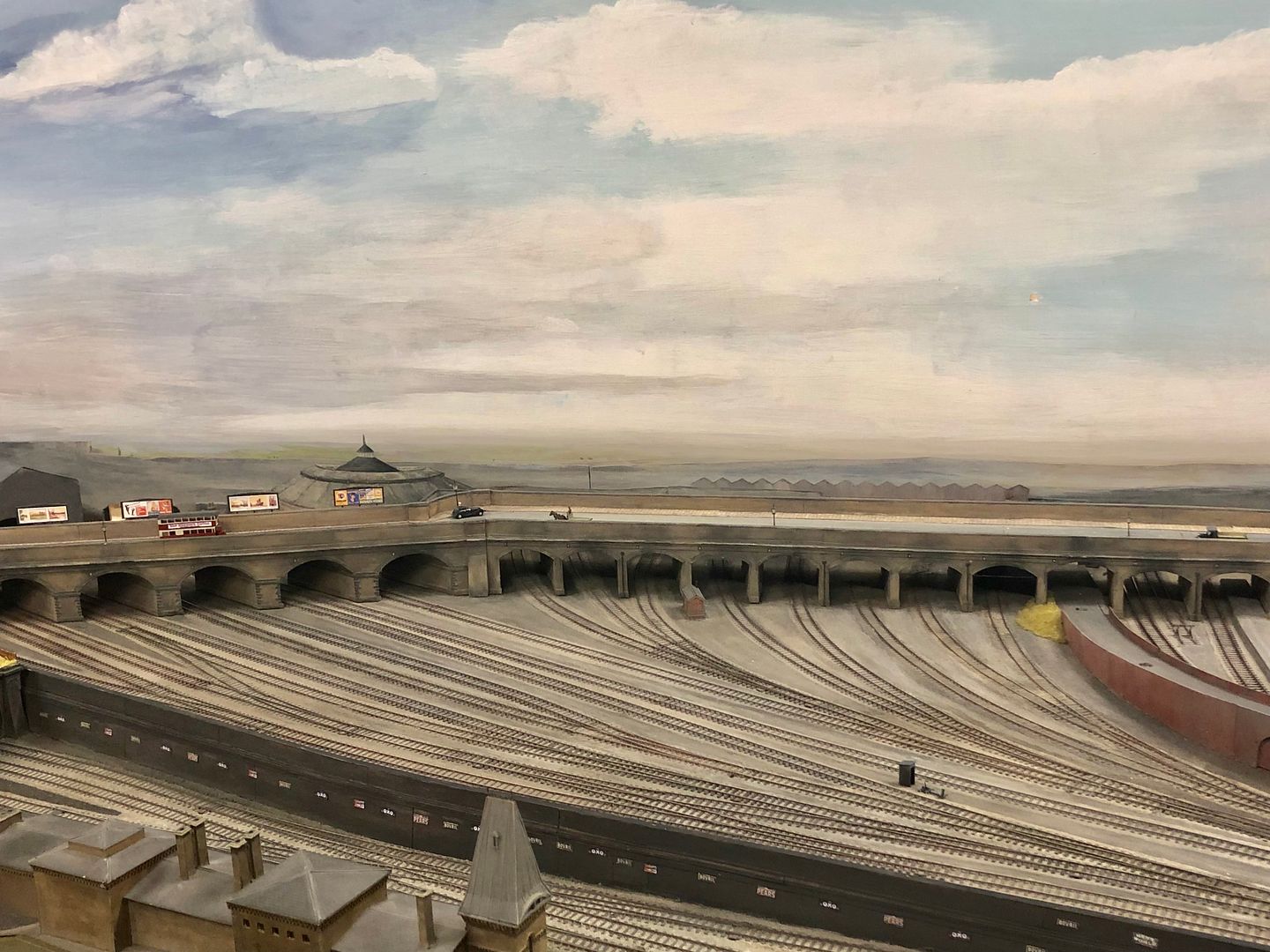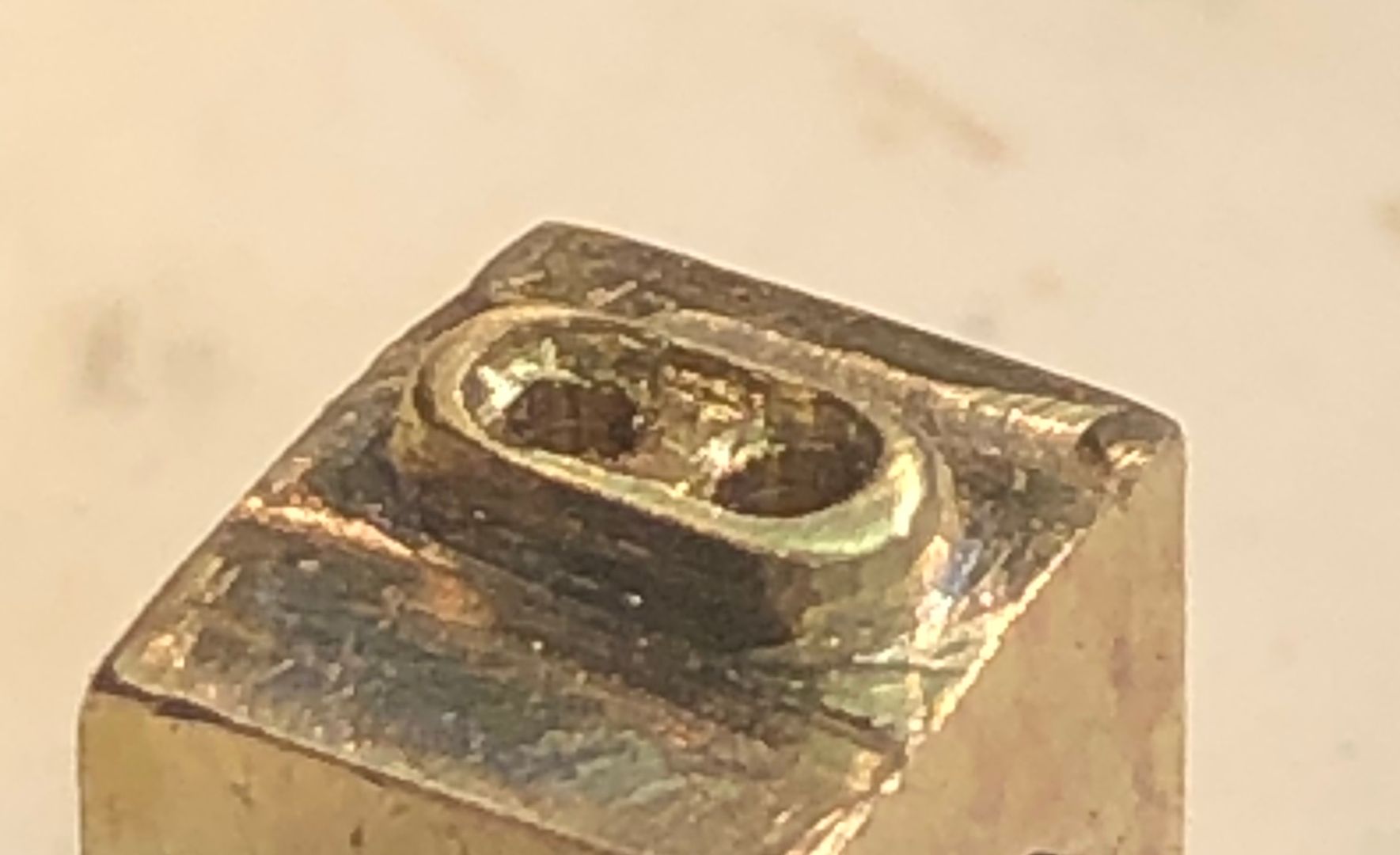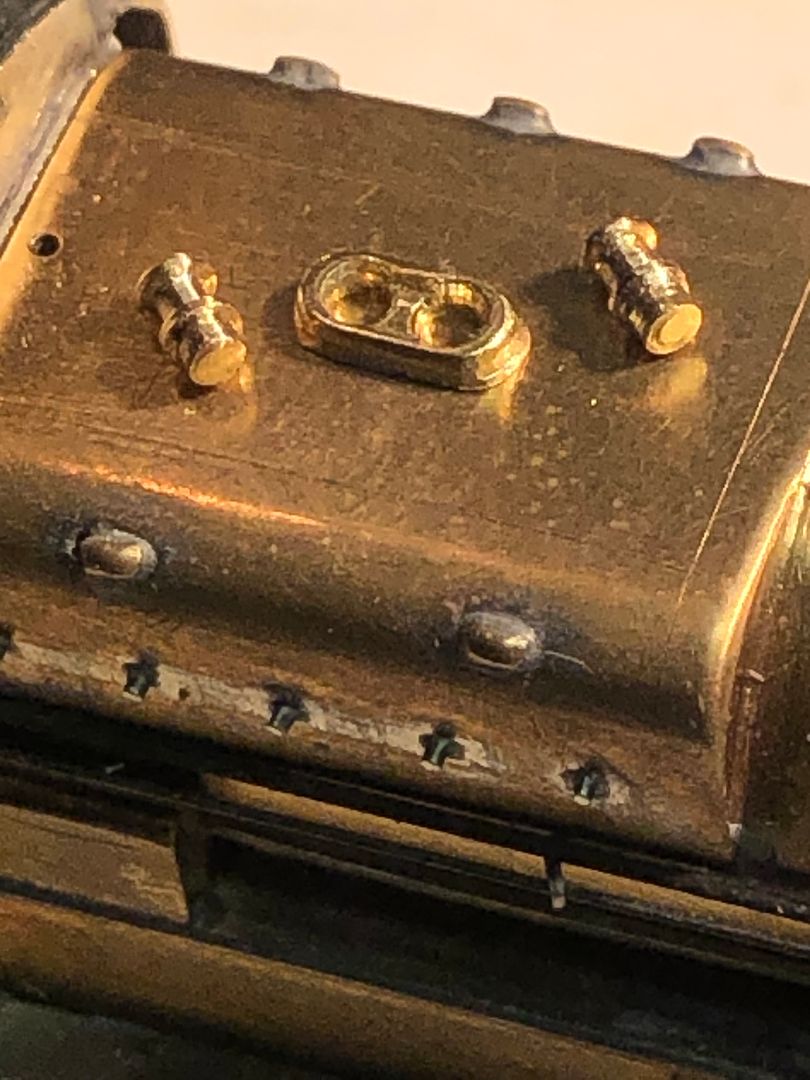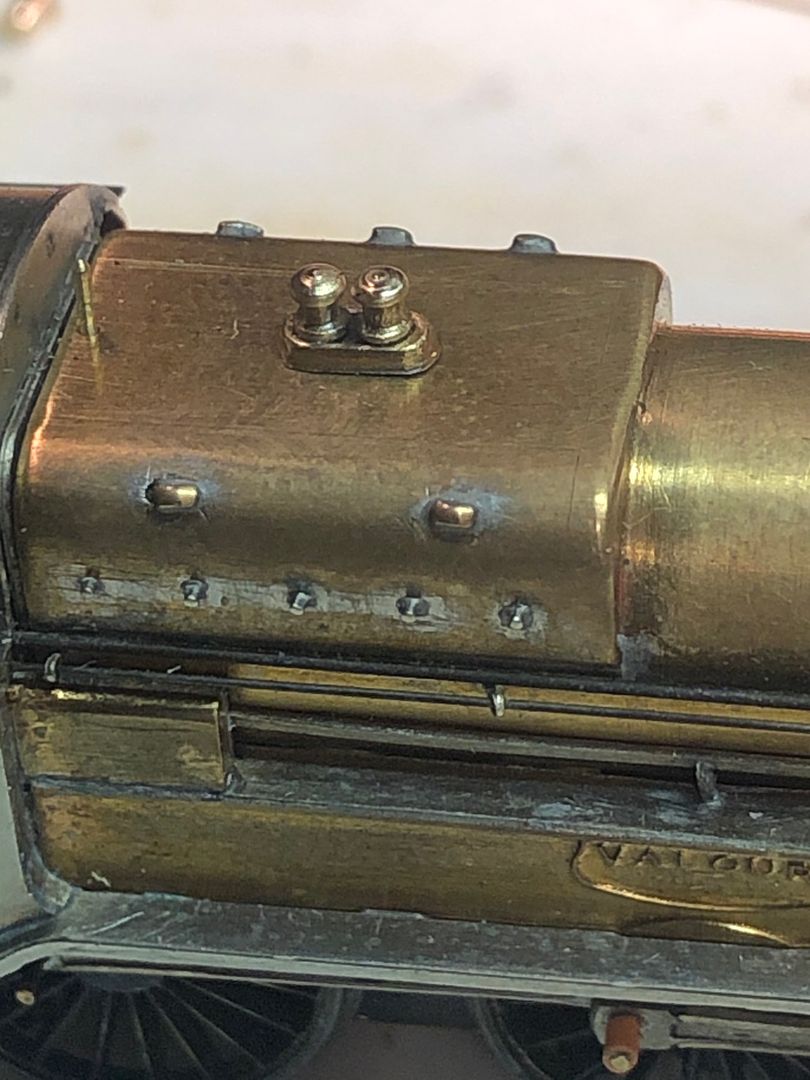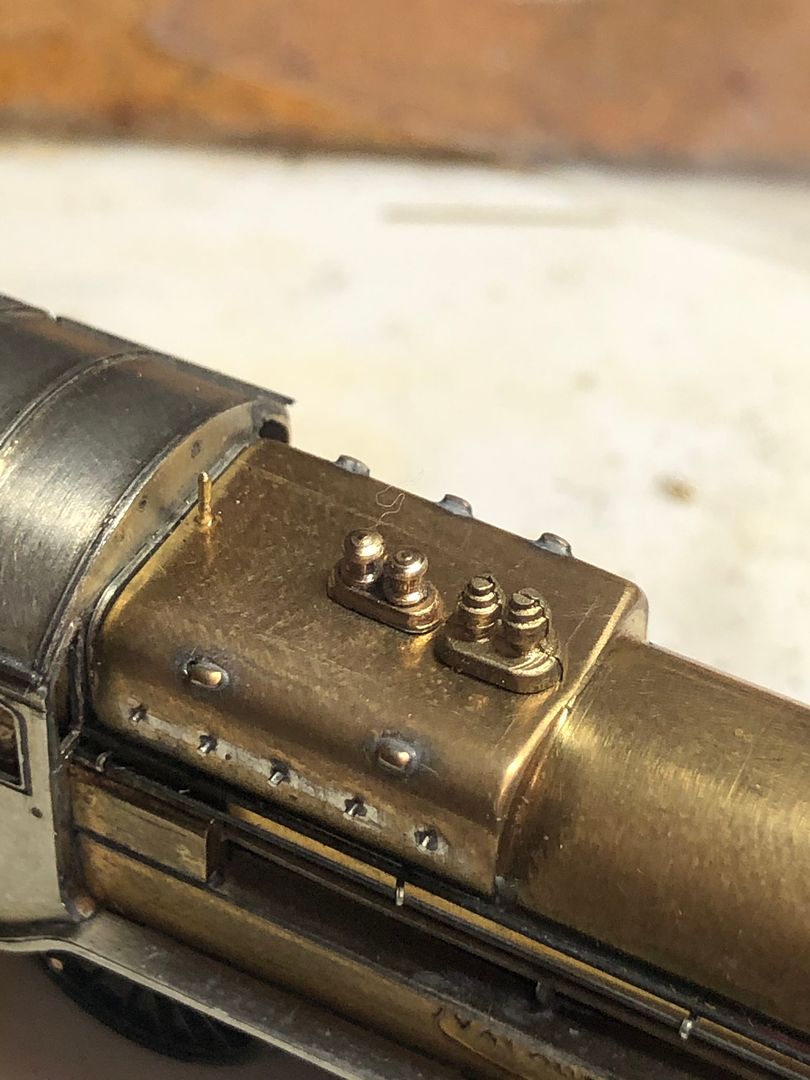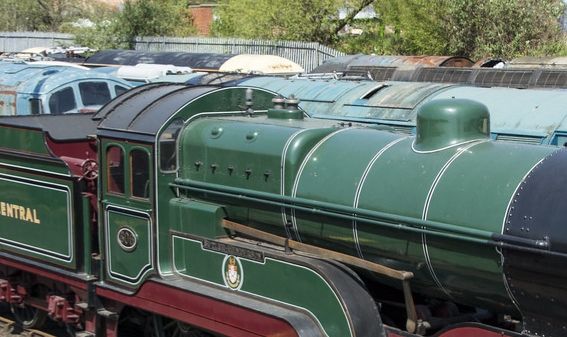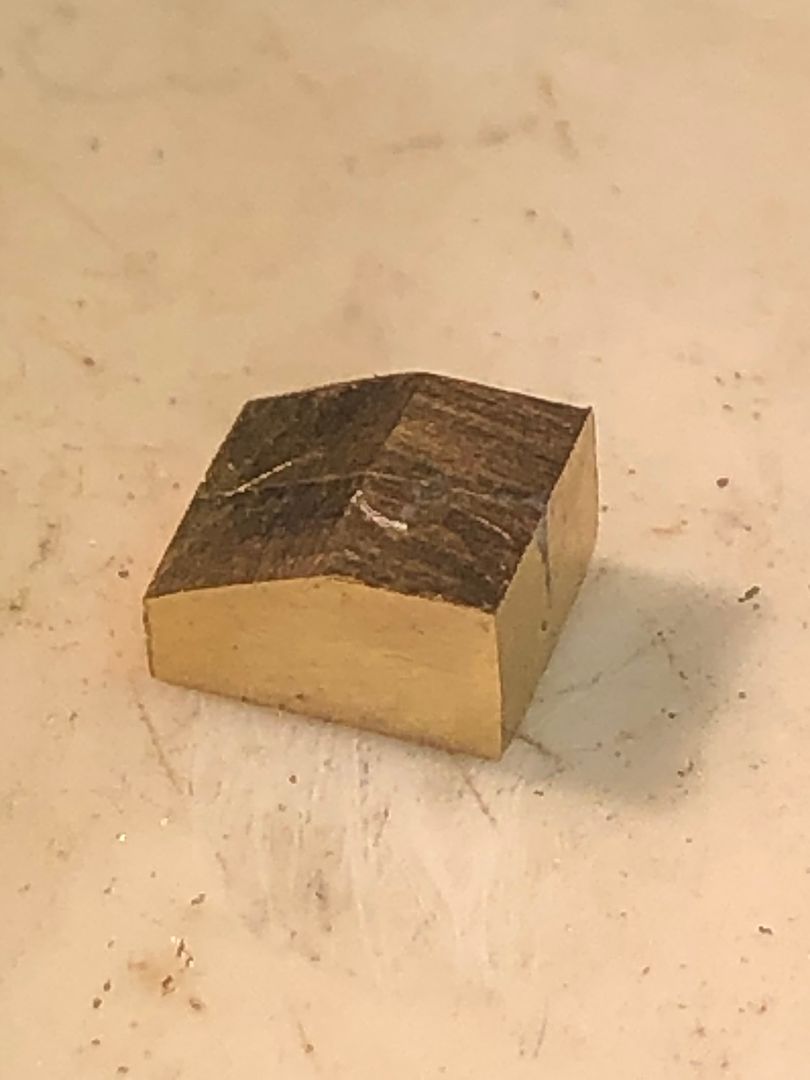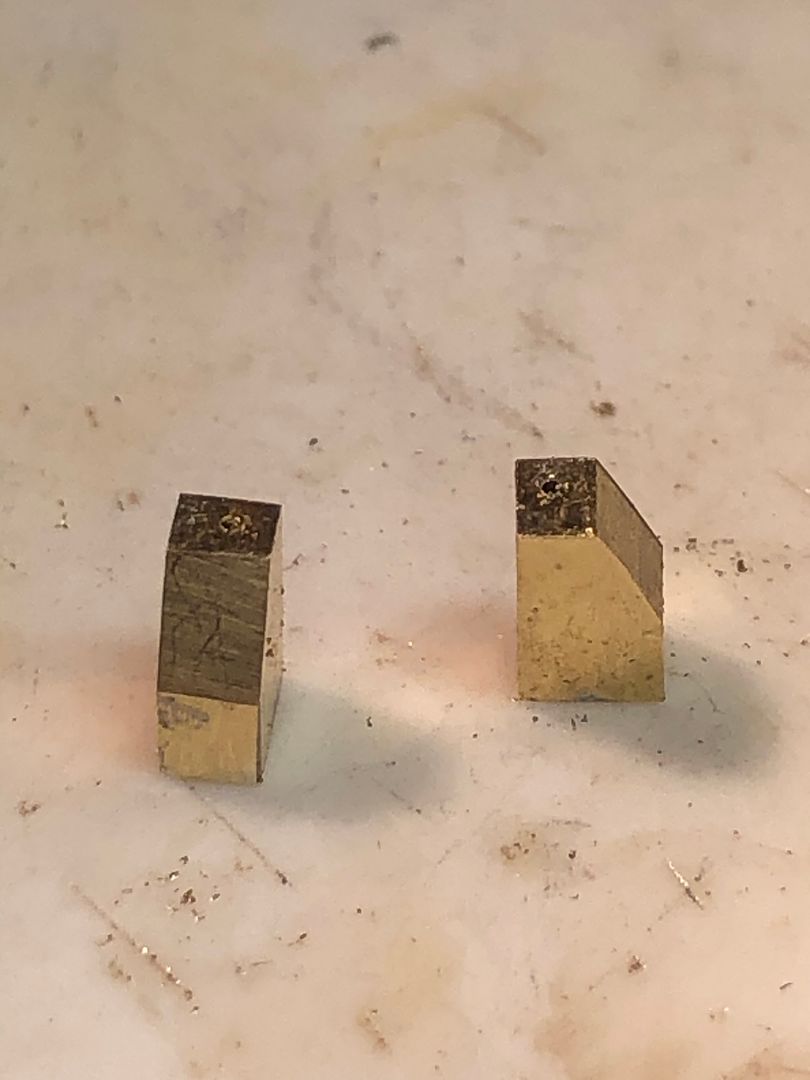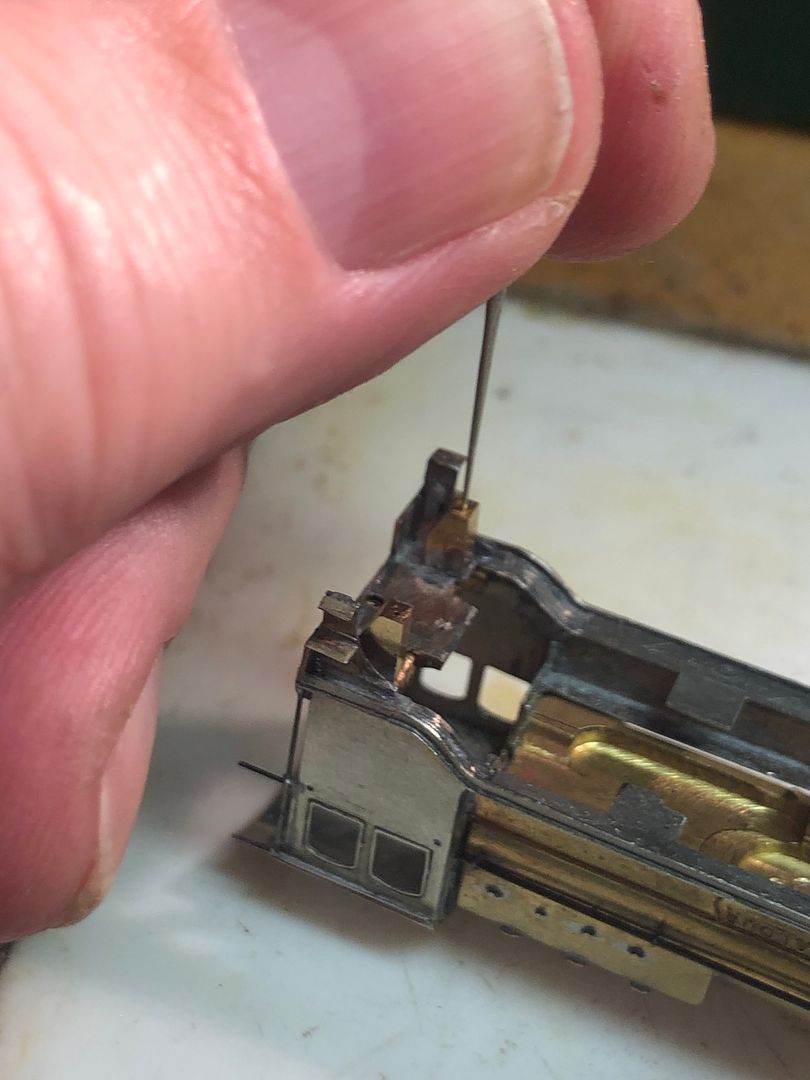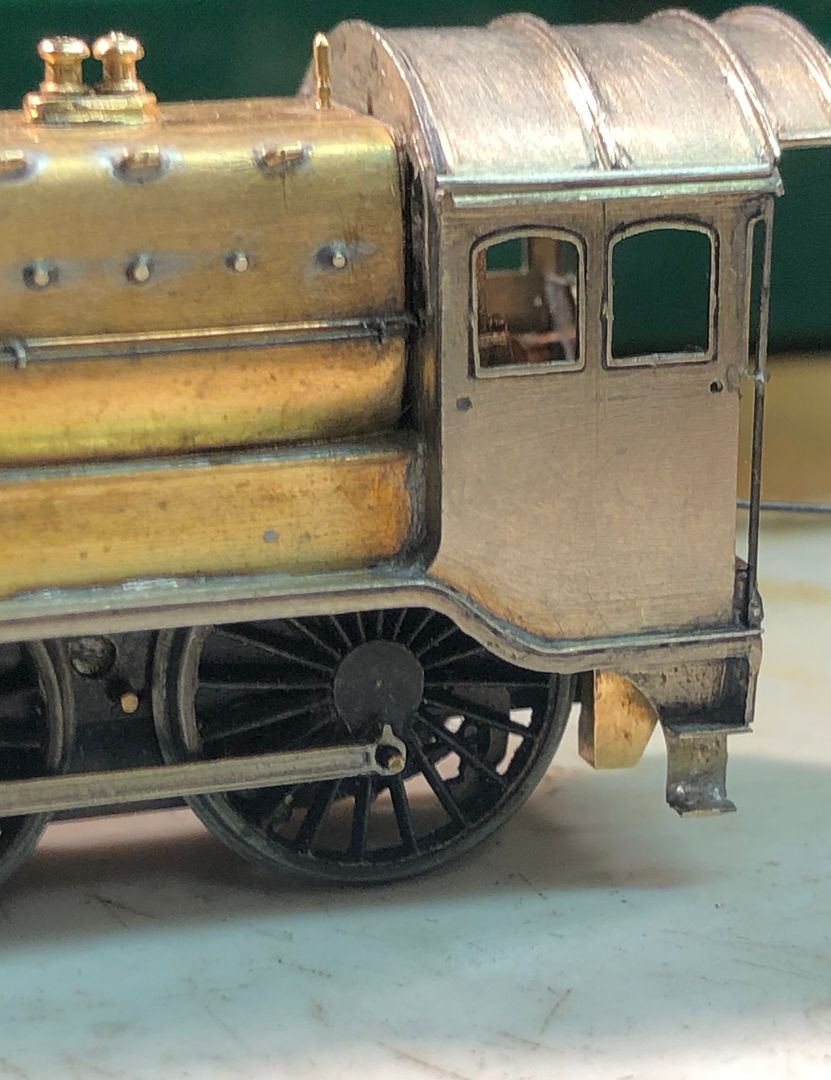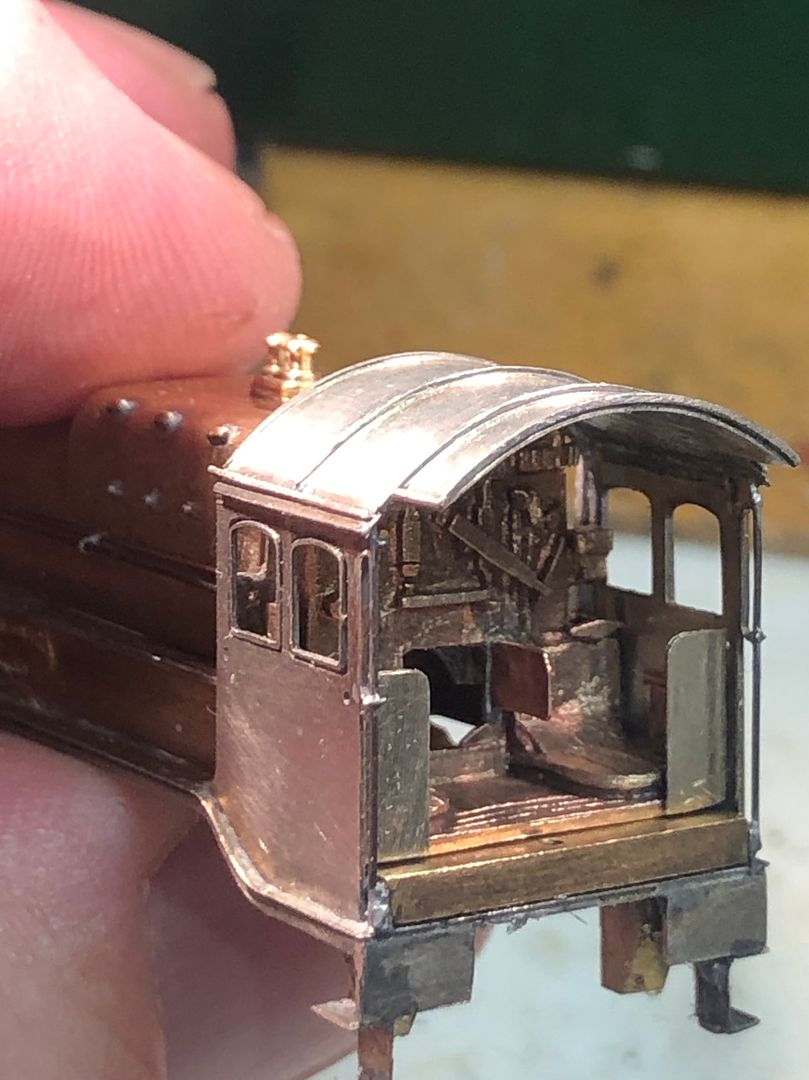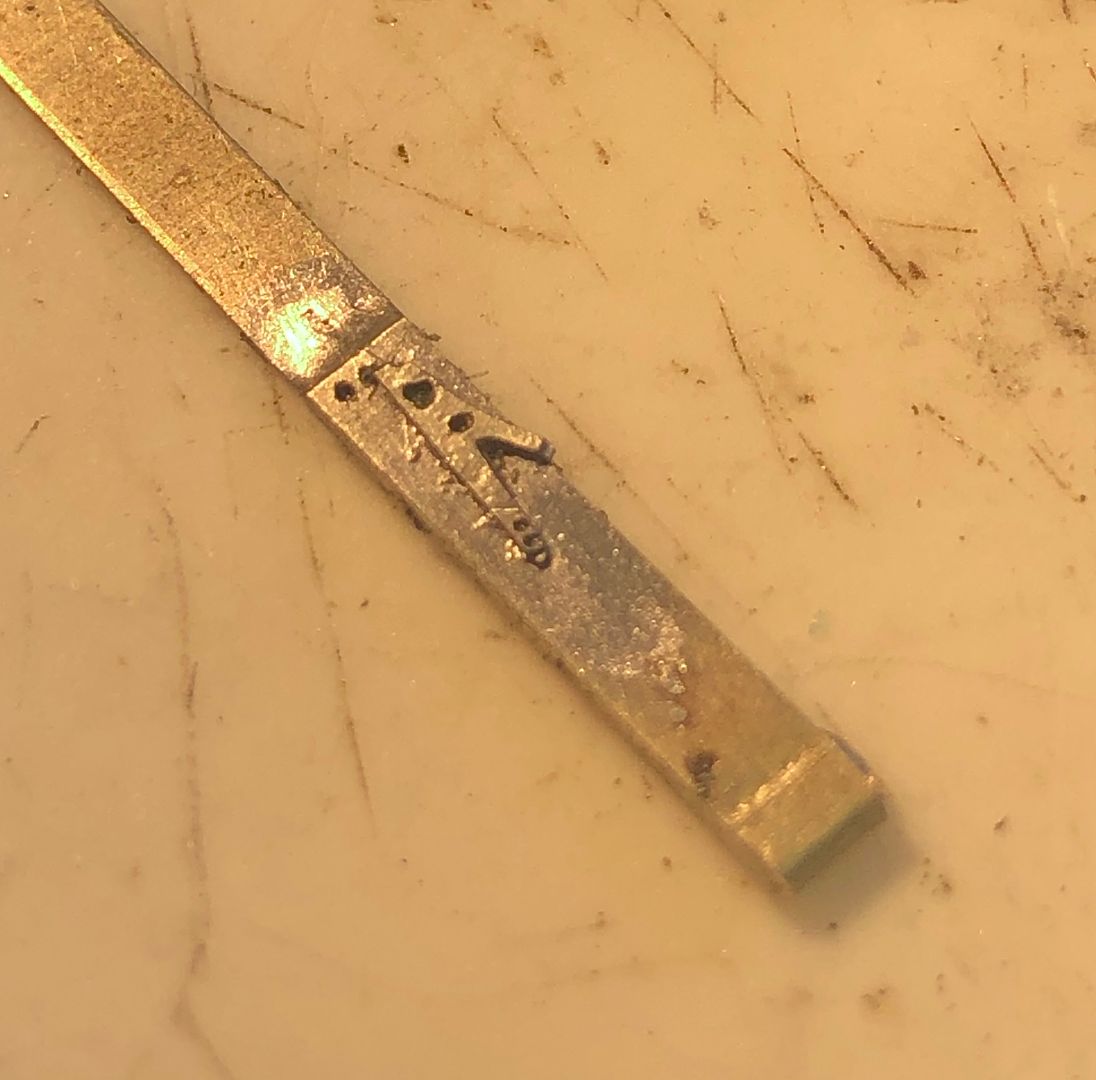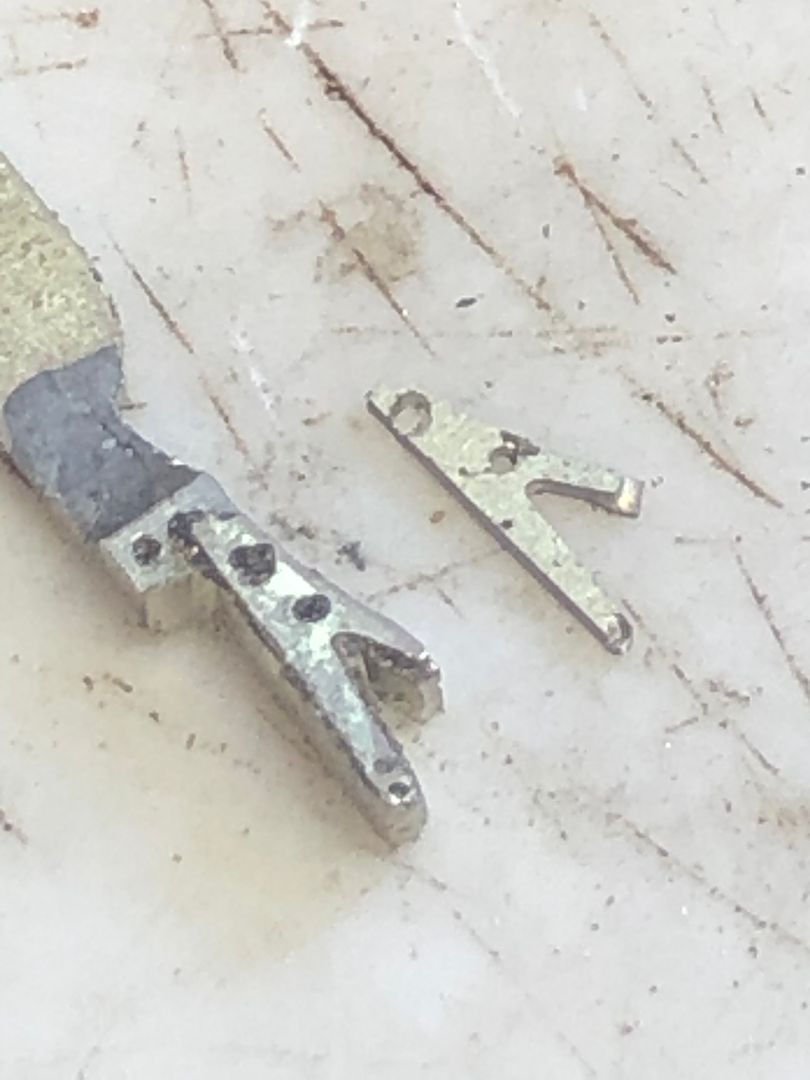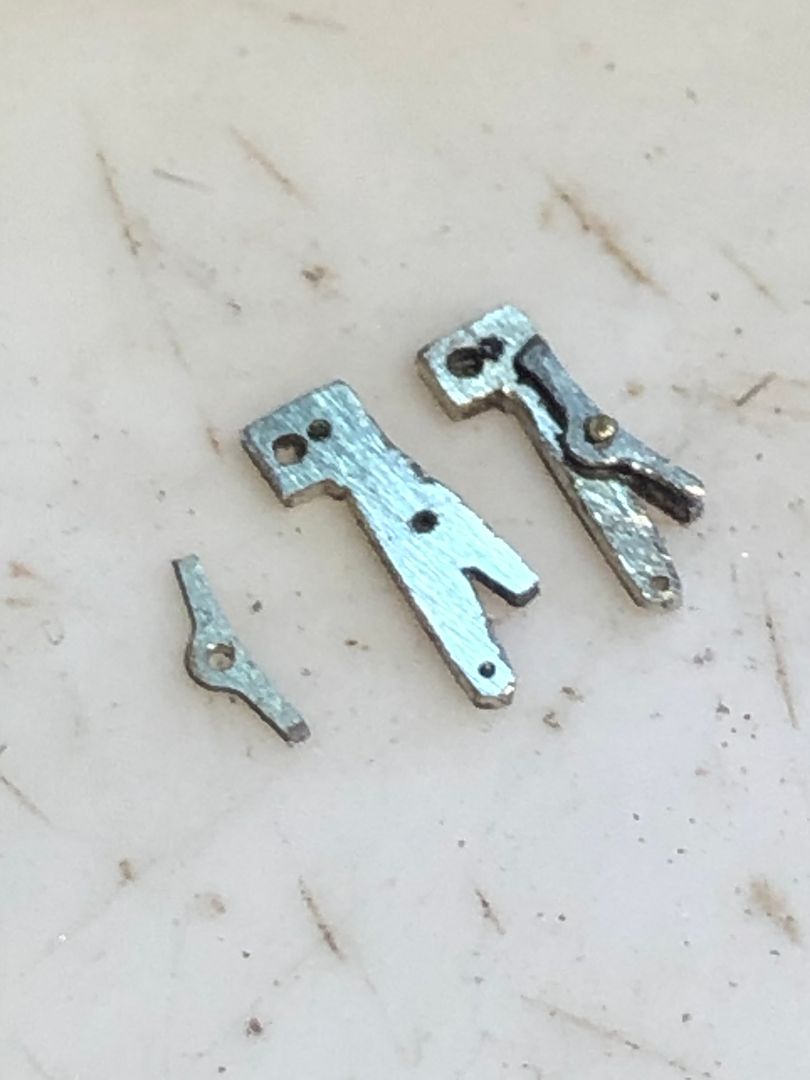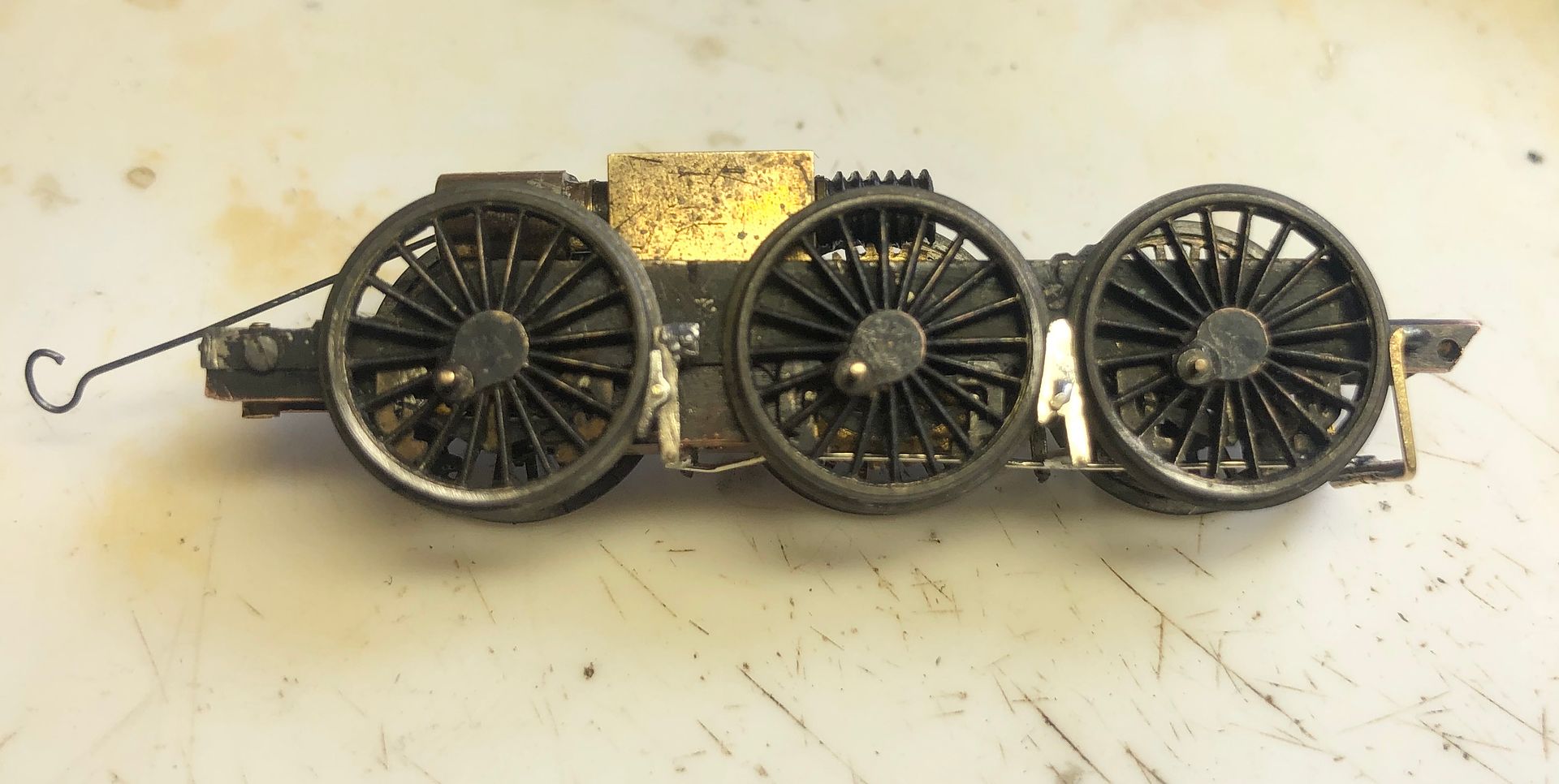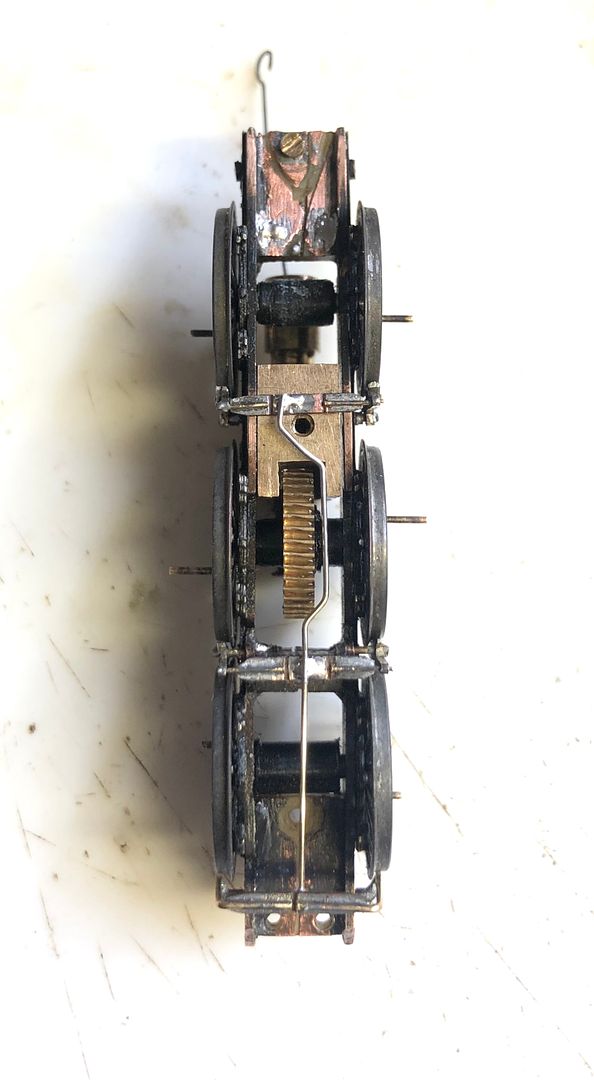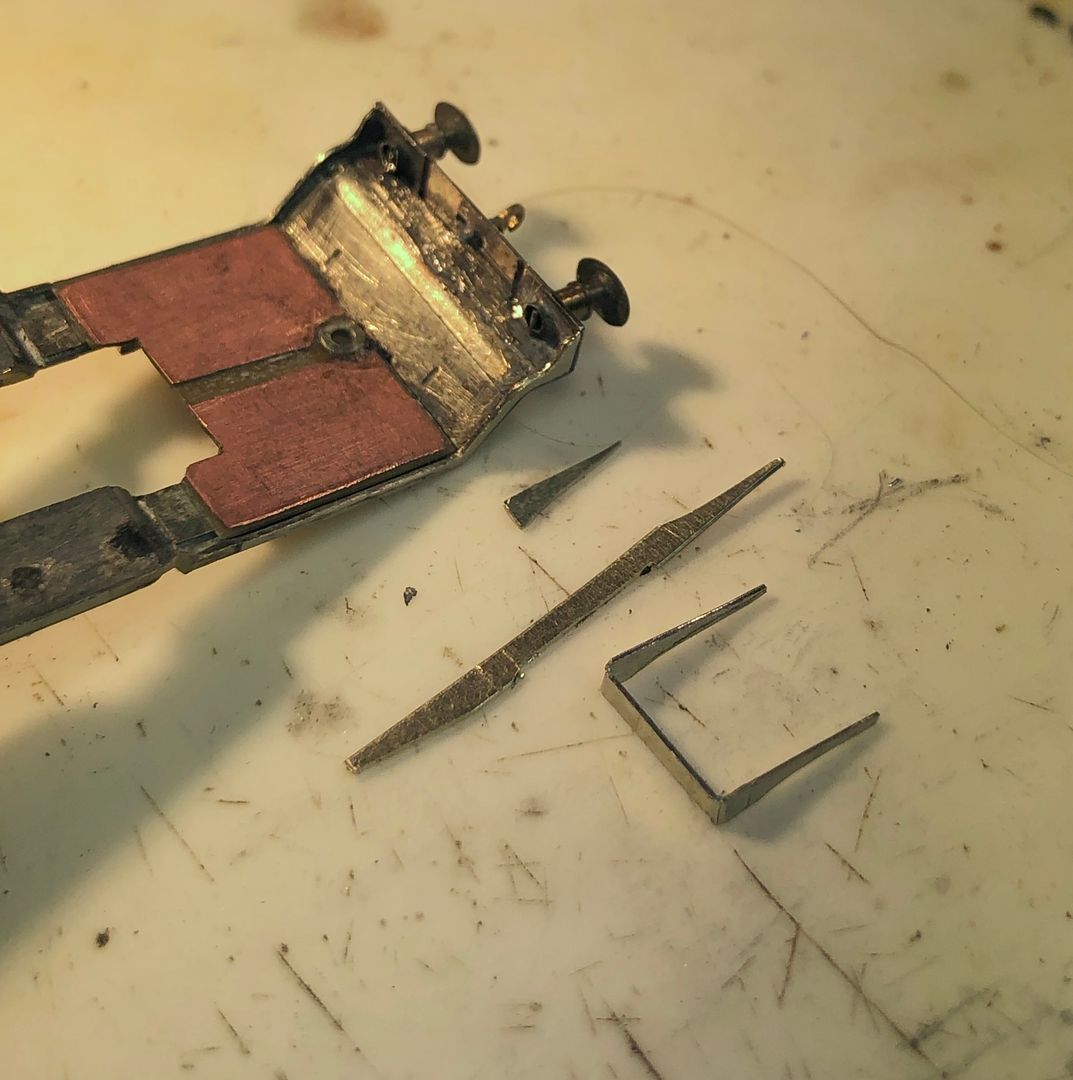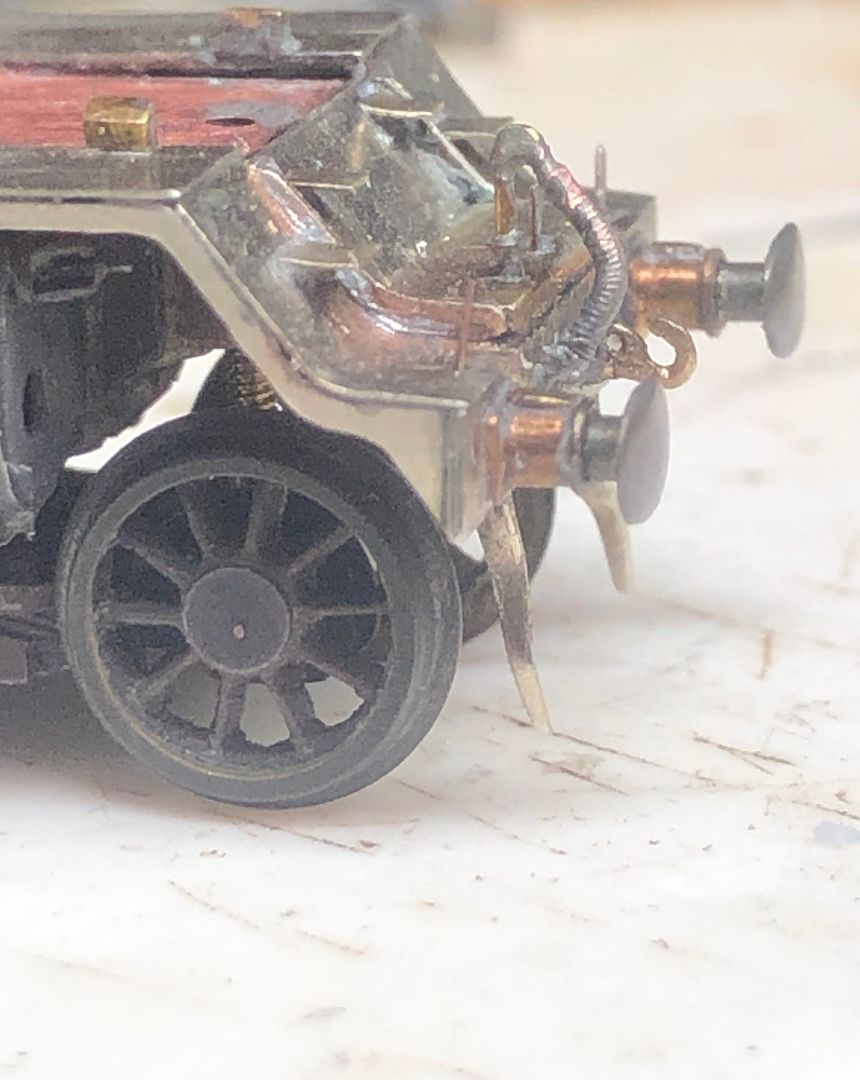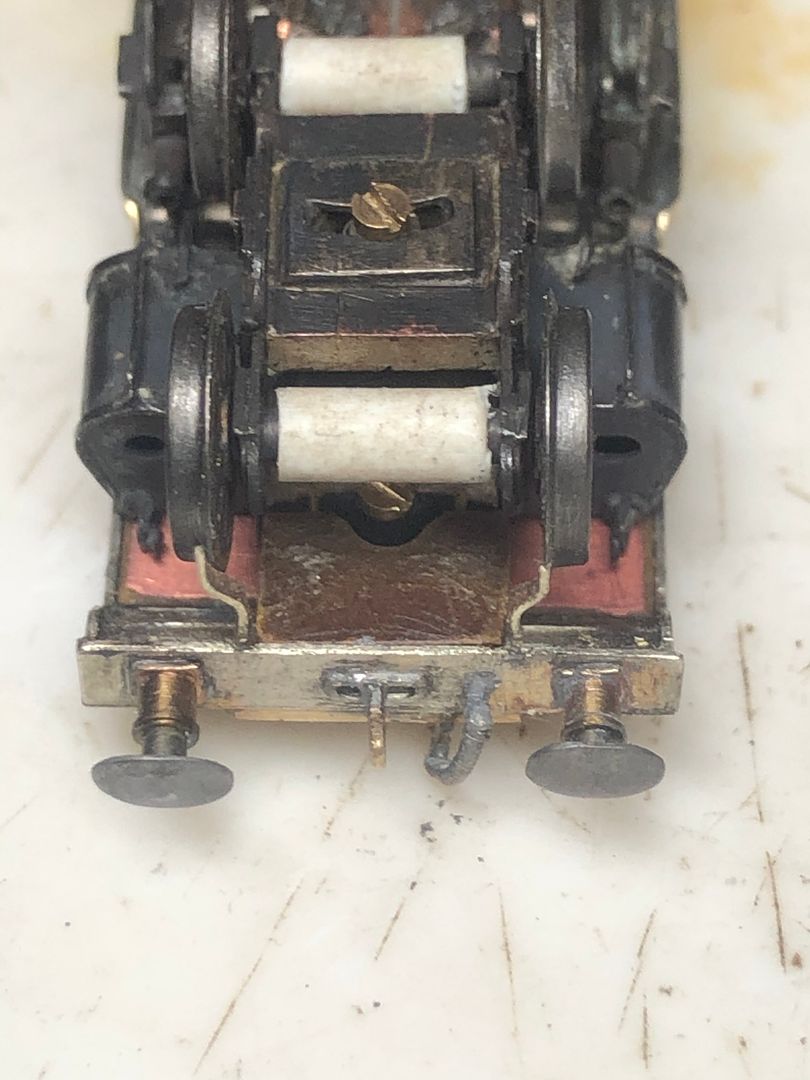Tim Watson
Western Thunderer
All set up ready for Barry Norman to photograph the layout.

The whole Belle Isle area is now a great deal more ‘busy’ and I think railway-like.
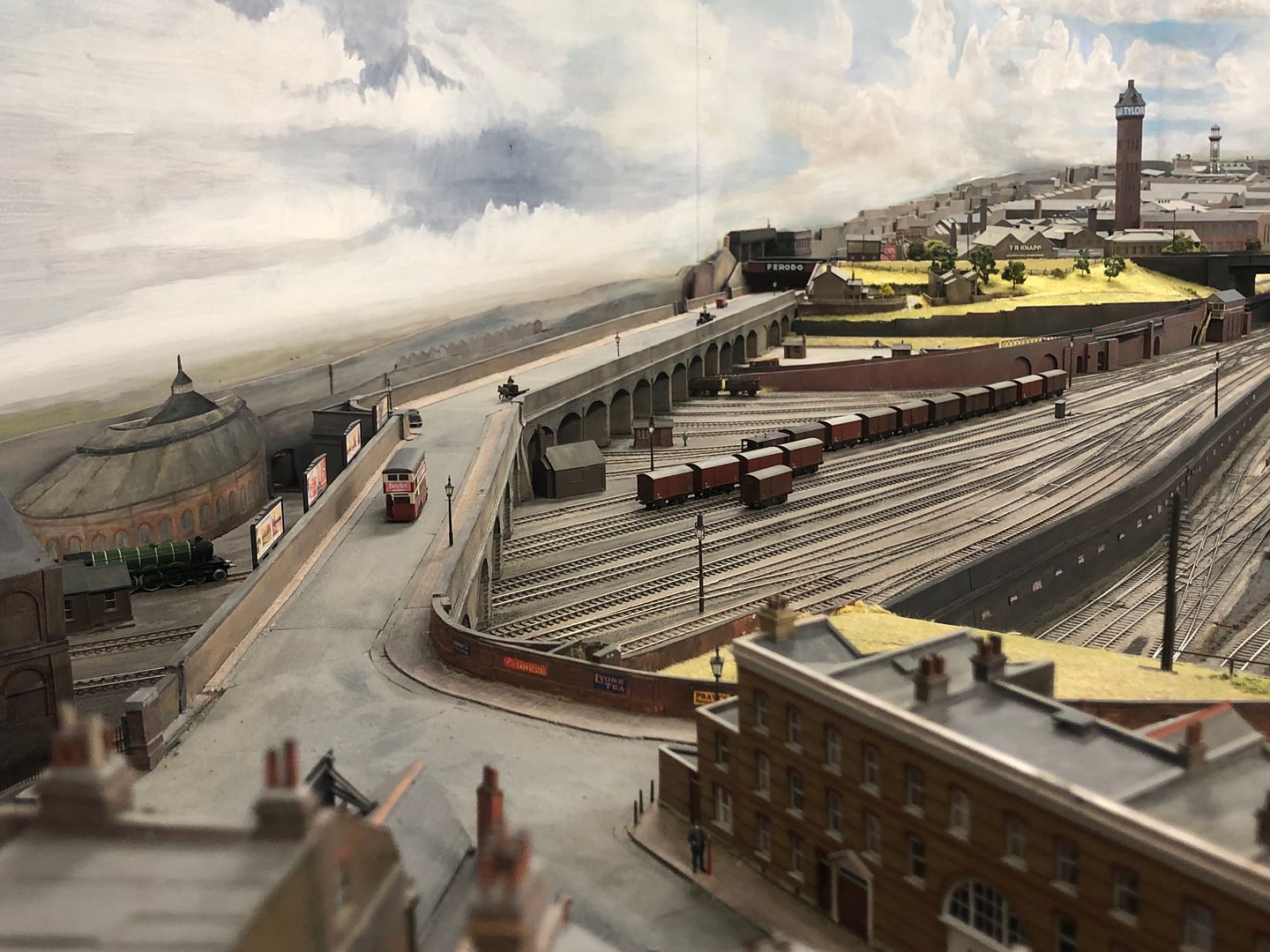
The south end has filled in a bit but there is still a long way to go.
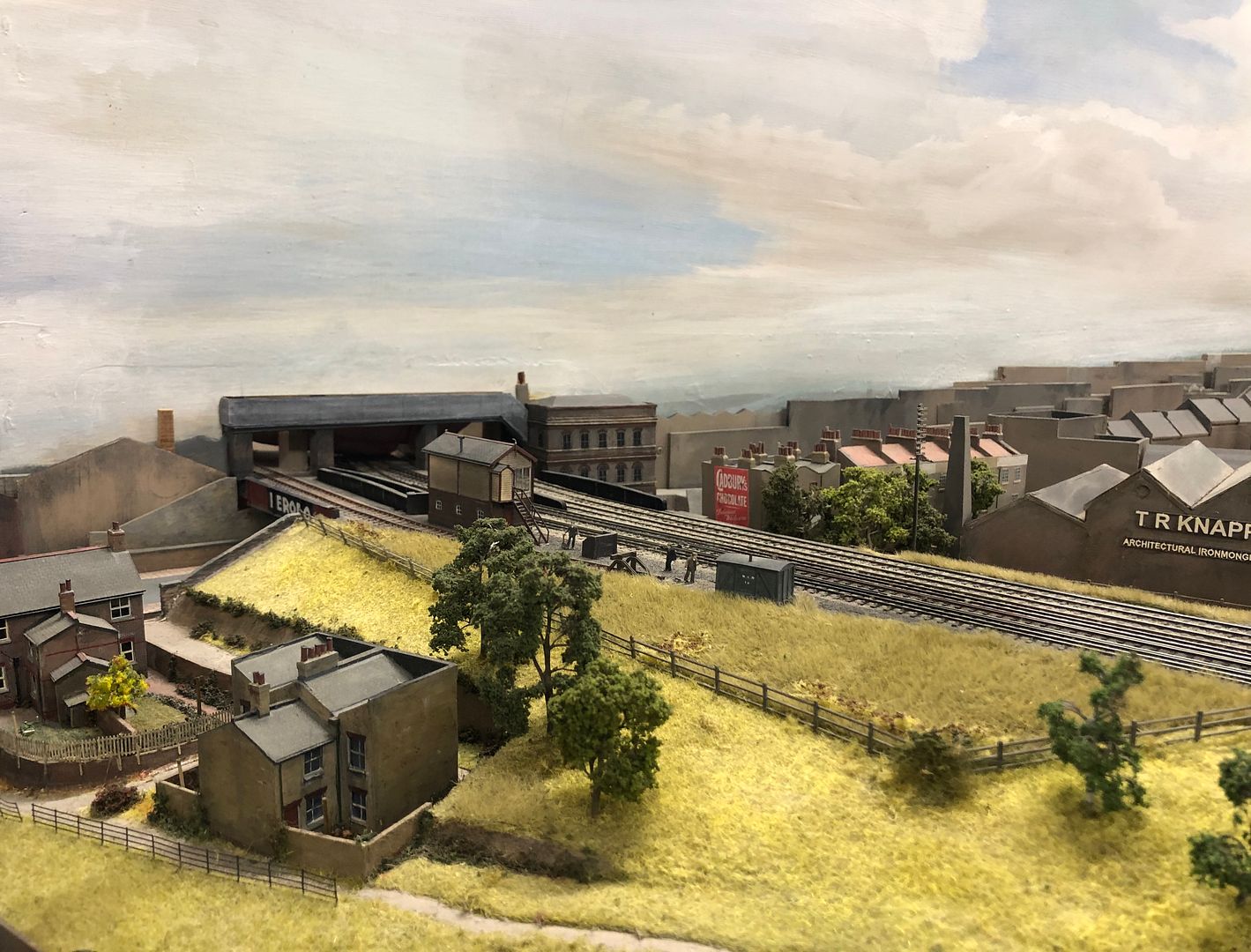
Maiden Lane station works better now with some more detail, but it then highlights the need for a little more detail in the neighbouring buildings, but not too much. The newly-labelled TYLOR tower has become quite a centrepiece, as it is a little more colourful than hitherto.

The layout will crate up on Sunday and then to Ally Pally 21st-22nd March.
Tim

The whole Belle Isle area is now a great deal more ‘busy’ and I think railway-like.

The south end has filled in a bit but there is still a long way to go.

Maiden Lane station works better now with some more detail, but it then highlights the need for a little more detail in the neighbouring buildings, but not too much. The newly-labelled TYLOR tower has become quite a centrepiece, as it is a little more colourful than hitherto.

The layout will crate up on Sunday and then to Ally Pally 21st-22nd March.
Tim



